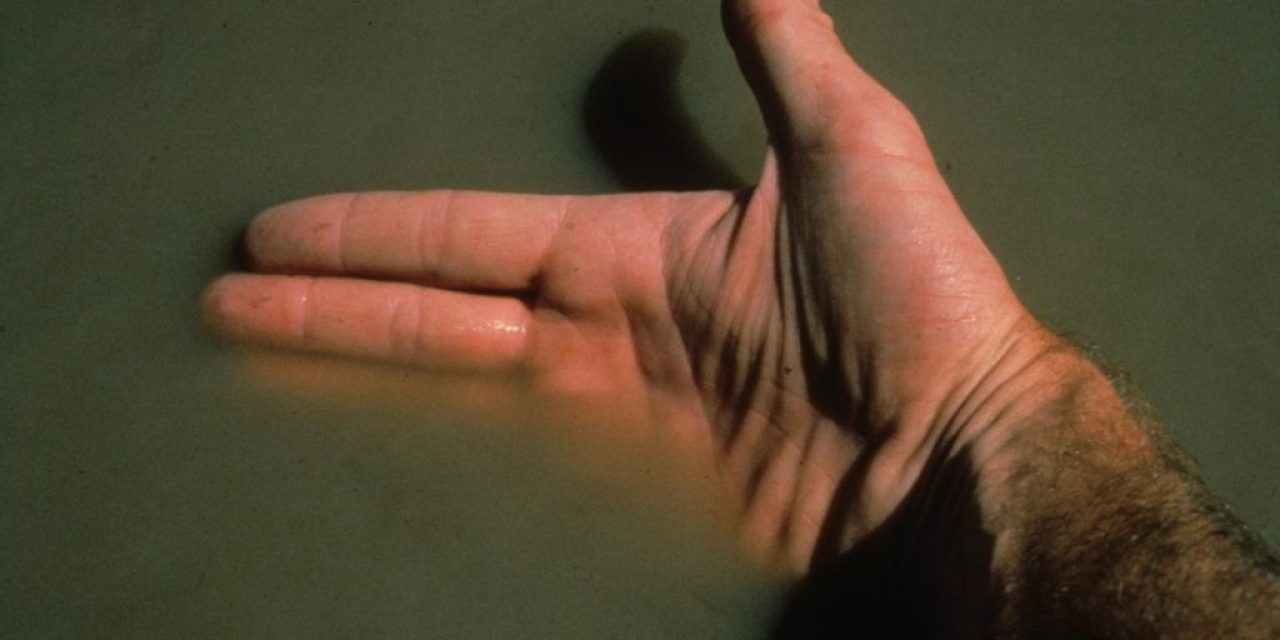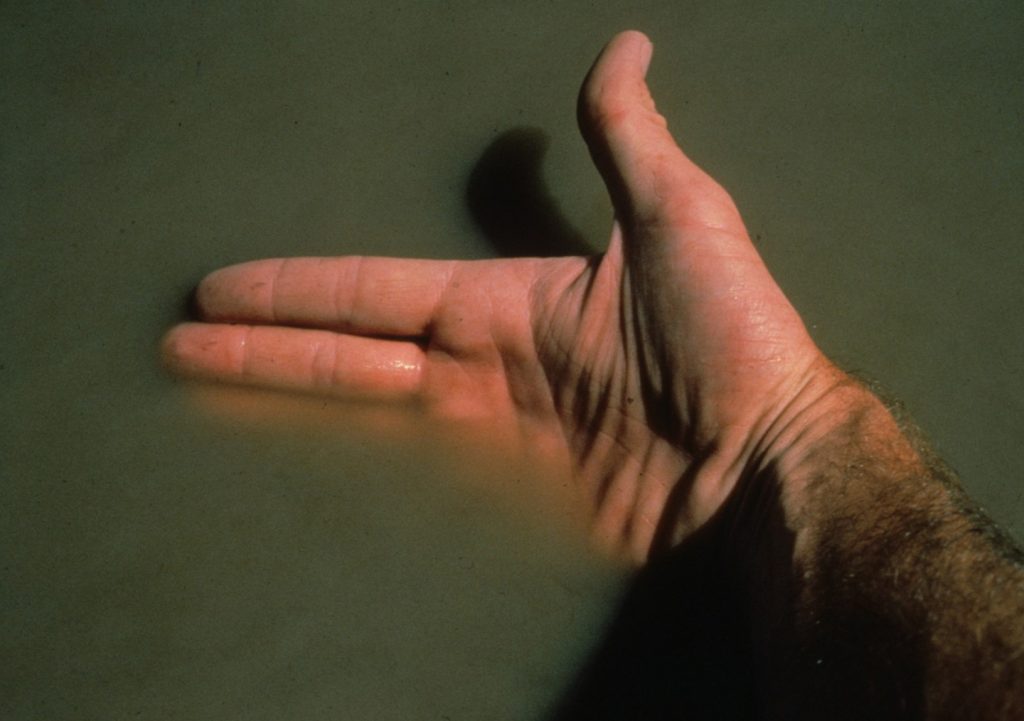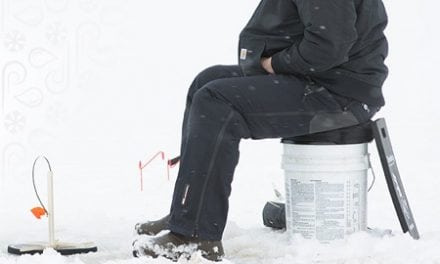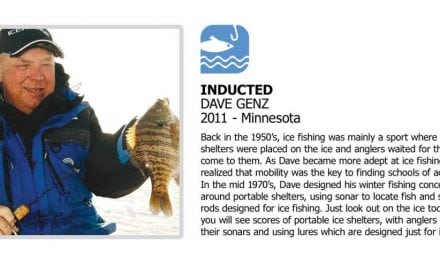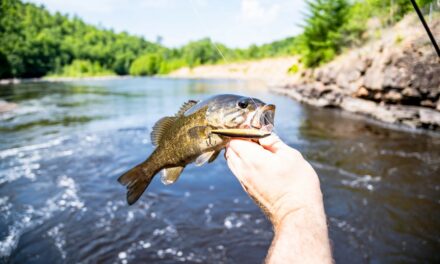I was out and about a little bit at the end of last week. No, I do not have any fish to show; did note some turkeys in a few places.
I drove by several bodies of water and here in southeast Nebraska the water clarity in almost all of our reservoirs is still relatively dirty. Early in the spring every year I note that the first open water of the year is a tough bite because the water is relatively cold. Unfortunately, if you think the bite is tough in the cold water of early spring, it is even tougher when the water is dirty.
However, I noticed something that might be very useful in finding catchable fish right now. . . .
When waters are dirty fish tend to move less and they tend to relate to cover or structure objects. So, if you are trying to scratch a fish or two from cold, muddy waters, that gives you some ideas. Likewise, when water levels rise and are high, fish tend to move shallow; in some cases moving right up into shallow, newly-flooded habitat. In addition, this time of year I would always tell you to “think warm”–any protected area or sun-exposed shoreline where the water temperature may warm a couple of degrees is more likely to have fish that are active and looking for something to eat.
Another thing to look for when the water is dirty would be areas where there may be clearer water or where the water may begin to clear a bit, which brings me to what I observed last week. . . .
I noticed that the water in the upper ends of reservoirs (opposite the dam) was clearer than the lower ends (near the dam). Now, I am talking in relative terms, all the water was still relatively dirty, but you could see that the upper ends were a bit clearer, a few inches clearer. Those areas will be the first to get dirty when a heavy runoff event occurs, but they are also the first to begin clearing.
Another thing I noticed after checking several waterbodies was that reservoirs and ponds farther up in the watershed were clearer than those lower in the watershed.
So, “head up”. Head up the waterbody towards the upper end, away from the dam, to find some clearer water where it will be easier to catch some fish. Head up the watershed to ponds or reservoirs “upstream” to find some clearer water.
With relatively cold and dirty water, fish relatively slow and use baits that the fish are more likely to find. Bulky baits, larger baits, baits that have a presence in the water, can be felt by a fish’s lateral line and the fish can find those baits more easily in dirty water. Baits with contrasting colors, bright and dark, for example orange and brown, black and chartreuse, tend to be seen more easily in turbid water.
Consistently successful fishing always involves a knowledge of the fish and what they are doing, and then it requires adaptability–being able to adapt and adjust to conditions. In some cases that means you may have to fish different spots, maybe even different waters–Head Up.
The post Head Up appeared first on Nebraskaland Magazine.

